

Лип . 25, 2025 13:01 Back to list
Industry leader in metal recycling technology solutions since 2012. Specialized in manufacturing high-efficiency copper recovery systems.
With the increasing demand for copper and growing environmental regulations, the recycling industry has undergone significant transformation in recent decades. Modern copper wire granulators represent the cutting edge of this evolution, offering unprecedented efficiency in metal recovery operations.
The global copper recycling market is projected to reach $83.7 billion by 2027, growing at a CAGR of 5.2%. This growth is driven by several factors:
Recycling copper uses 85-90% less energy than primary production. Each ton of recycled copper prevents the release of 1.5 tons of CO2 emissions.
Request Product DetailsSignificant innovations in copper wire granulator technology include:
"The copper recycling efficiency has increased by 300% in the last 15 years due to granulator innovations." - Journal of Materials Processing Technology
Source: ScienceDirect Research Journal
Copper wire granulator is widely used to crush and separate car cables, communication cables and other copper wires with diameter between 0.02-40mm. After crushing and separating, copper can be completely separated from plastic. Copper purity: 99.9%.
Our advanced copper recovery system features:
The comprehensive processing includes crushing, magnetic separation, air separation, and electrostatic separation stages to ensure maximum purity of recovered copper granules.
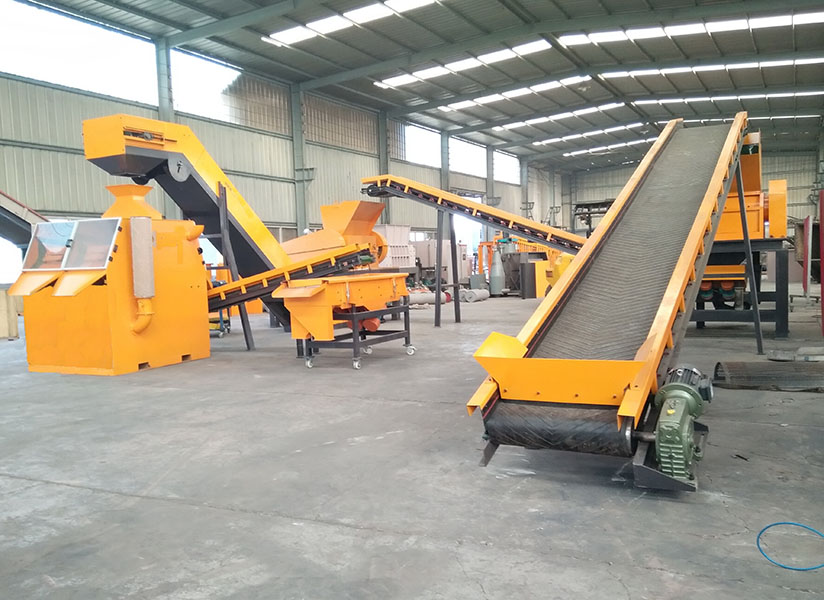
OW Technology Copper Granulation System
"Modern copper granulators achieve separation efficiency above 99.8%, making them indispensable in sustainable material recovery." - Recycling Today Magazine
Source: RecyclingToday.com
| Model | Processing Capacity (kg/h) | Power Consumption (kW) | Copper Purity | Recovery Rate | Wire Diameter Range (mm) |
|---|---|---|---|---|---|
| OWS-600 | 300-400 | 28 | 99.9% | ≥99% | 0.2-25 |
| OWS-800 | 500-700 | 43 | 99.9% | ≥99% | 0.2-30 |
| OWS-1000 | 800-1000 | 68 | 99.9% | ≥99.5% | 0.2-40 |
The versatility of modern copper wire granulators enables their application across numerous industries:
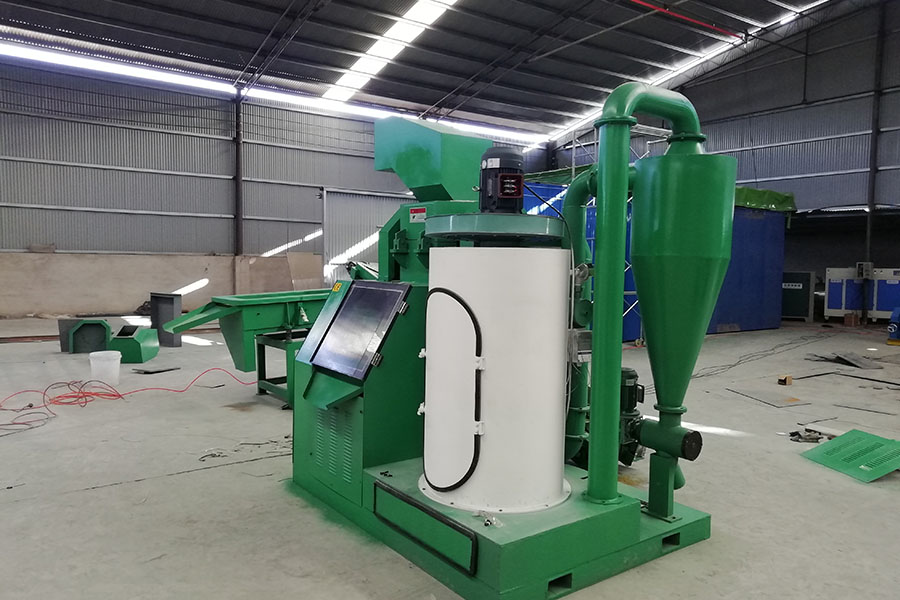
Automotive Cable Recycling
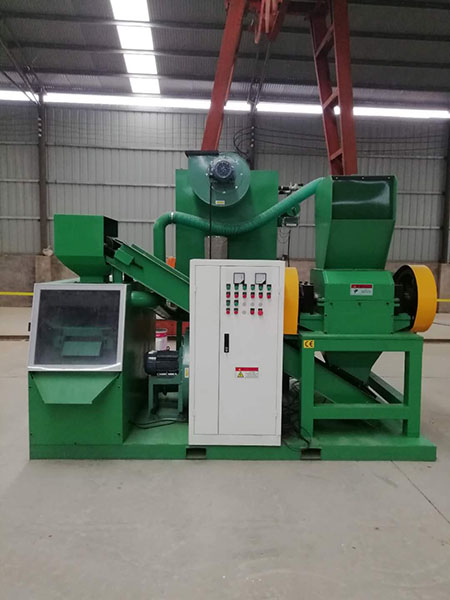
Telecommunications Infrastructure
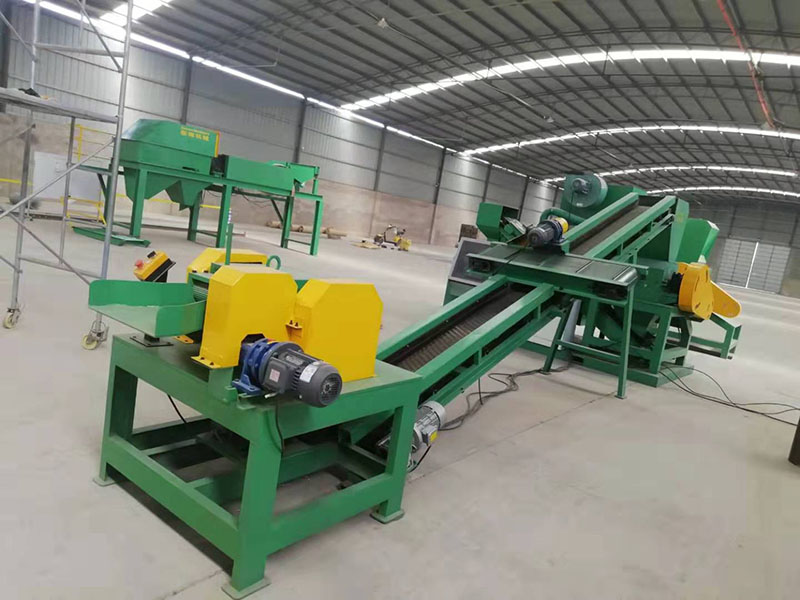
E-Waste Management Facilities
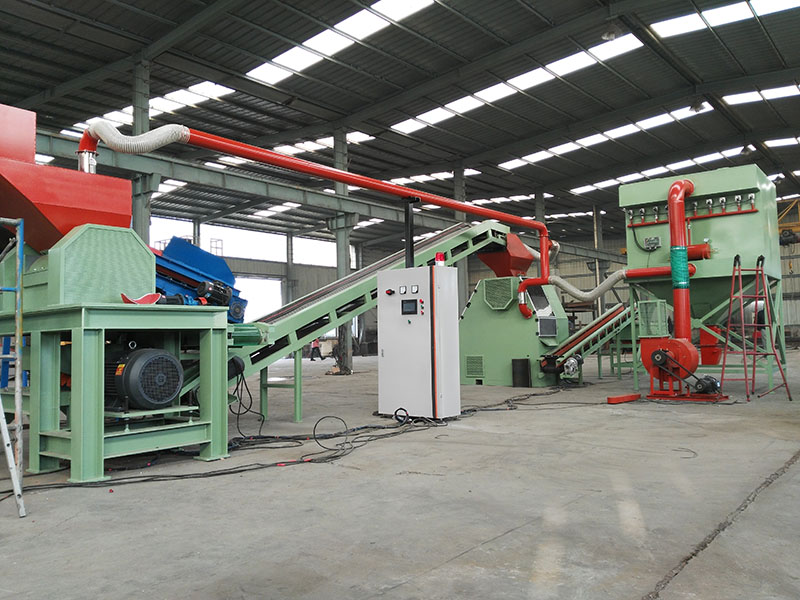
Plastic-Copper Separation
1. Automotive Industry: Recycling harness wires, alternator components, and electrical systems with diameters from 0.5mm to 30mm.
2. Electronics Recycling: Processing computer cables, power cords, and communication wires from 0.02mm to 25mm diameter.
3. Power Distribution: Large-scale recycling of transmission wires, transformer coils, and bus bars up to 40mm in diameter.
4. Telecommunications: Recovery of valuable metals from coaxial cables, LAN wires, and fiber optic composites.
"Copper recovery systems offer the most economically viable solution for urban mining operations." - International Journal of Mineral Processing
Source: Elsevier Journal
1. What are the maintenance requirements for a copper wire granulator?
Industrial copper wire granulators require scheduled maintenance every 300 operating hours which includes cutter inspection, bearing lubrication, and separator calibration. With OW Technology systems, key components like blades are designed for easy replacement to minimize downtime.
2. How does air separation density work in copper granulation?
Air separation utilizes controlled airflow velocities to exploit density differences between copper particles (8.96 g/cm³) and plastic (0.9-1.4 g/cm³). Our copper wire granulators feature multi-stage separation chambers with adjustable settings to optimize separation for different wire diameters.
3. What environmental certifications do these systems require?
Modern copper wire granulators should comply with CE, ISO 14001, and RoHS standards. OW Technology systems meet all international standards with noise levels below 75dB and full dust containment with HEPA filtration systems.
4. What is the role of electrostatic separation?
Electrostatic separation applies between 25kV-40kV charges to further purify copper particles that may have residual plastic. This high-voltage process ensures copper purity exceeds 99.95% in our advanced systems.
5. How to choose between dry and wet processing systems?
Dry processing granulators are increasingly preferred due to zero water pollution and lower energy requirements. OW Technology specializes in advanced dry processing systems that achieve higher copper purity with 40% lower operating costs compared to traditional wet methods.
6. What safety features are critical in granulator operations?
Essential safety features include emergency stop systems, thermal protection sensors, overload protection, and physical interlocks preventing access during operation. Our copper wire granulators incorporate multiple redundant safety systems certified to SIL-2 safety standards.
7. What determines the processing capacity of a granulator?
Processing capacity depends primarily on shredder motor power (typically 30-100HP), crushing chamber dimensions, and separation system efficiency. For optimal performance, the feed material's copper-to-plastic ratio and wire diameter range are also critical factors.
The copper granulation industry is advancing rapidly with these developing technologies:
OW Technology is at the forefront of these innovations, with R&D investments focused on developing intelligent separation systems that increase productivity while reducing energy consumption by up to 30%.
"The integration of Industry 4.0 technologies into recycling equipment represents the most significant transformation since the introduction of mechanical separation systems." - Resources, Conservation & Recycling Journal
Contact OW Technology experts for a customized solution assessment
Email: alice@owrecycling.com | Phone: +8615232275851
View Product Specifications"Granulation-based physical separation has proven superior to pyro-metallurgical methods for copper recovery from cable wastes due to lower energy requirements and reduced environmental impact."
"Advanced air separator designs coupled with electrostatic techniques can achieve 99.9% copper purity from mixed plastic-metal fractions without chemical processing."
Source: Waste Management Journal
"Implementation of integrated cable recycling systems in industrial settings demonstrates payback periods of under 18 months at current metal prices with significant contribution to corporate sustainability targets."
Source: Journal of Industrial Ecology
Latest news
Troubleshooting Common Eddy Separator Problems
NewsJul.04,2025
The Role of Metal Recycling Plants in Circular Economy
NewsJul.04,2025
The Impact of Recycling Line Pickers on Waste Management Costs
NewsJul.04,2025
Safety Features Every Metal Shredder Should Have
NewsJul.04,2025
How Industrial Shredders Improve Waste Management Systems
NewsJul.04,2025
How Cable Granulators Contribute to Sustainable Recycling
NewsJul.04,2025